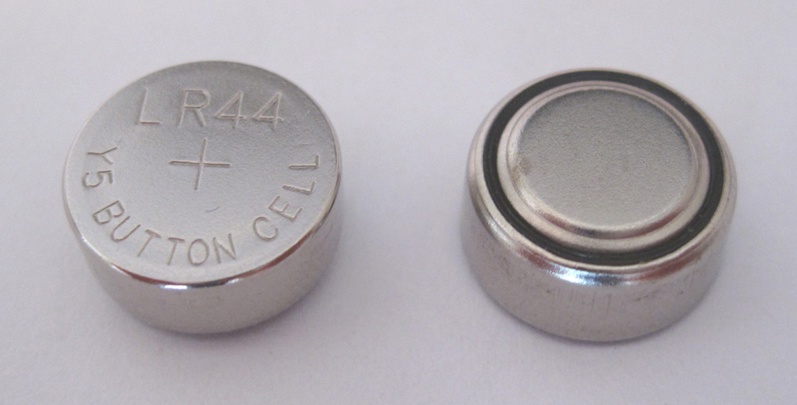There are times when the testing and development of electronics can be a matter of life and death.
In the upcoming issue of Consumer Electronics Test & Development magazine, which will publish online next week, we investigate the tragic case of Reese Hamsmith, an 18-month-old girl from Texas who died in 2020 after swallowing a button battery from a TV remote.
It’s important to keep in mind that electronics are inherently dangerous. All electronic devices have electrical current passing through them, and therefore carry the risk, however small, of electrocution. Moreover, many electronic devices contain batteries, which when mishandled can pose significant risk. The mishandling is, more often than not, done by children, who frequently end up in hospital for battery-related injuries – often the result of swallowing. The US Center for Disease Control (CDC) reports that between 1997–2010, around 40,000 US children aged under 13 were treated in hospital emergency departments for battery-related injuries. In total, 14 of these children died.

Button or coin cell batteries are known to be extremely dangerous if ingested. Picture: Wikicommons images
Identifying these risks before they happen requires understanding how a consumer interacts with a product. In order to do this, it’s useful to separate this interaction into two categories – use and abuse. In other words, there are the things that you are meant to do with a consumer electronic (use), and there are the things you are not meant to do, but which you might end up doing anyway (abuse). For example, we’re not meant to drop our smartphone into a puddle but it’s possible we might. Product testing departments therefore need to identify these kinds of risks in advance and find ways to test for them.
But as digital technology gets more sophisticated and at the same time more widespread, it brings with it a host of new potential dangers for product developers and standards agencies to think about. Another tragic death explored in the upcoming issue is that of Molly Russell, a 14-year-old British girl who killed herself after watching large volumes of content related to suicide, depression, self-harm and anxiety on social media. Molly’s death was also – arguably – consumer electronics-related, given that an electronics device was the medium she used to watch this troubling content. There is also the issue of privacy, with IoT smart home devices in particular vulnerable to cybersecurity threats like hacking. And let’s not even get into the dangers of artificial intelligence (though we cover it in depth in this issue).
In short, it’s an increasingly complex world and greater complexity means more ways for things to go wrong. Thankfully, there are many smart and dedicated engineers in testing labs across the world trying to figure out these problems ahead of time, doing their best to make sure we – and our children – stay safe.

